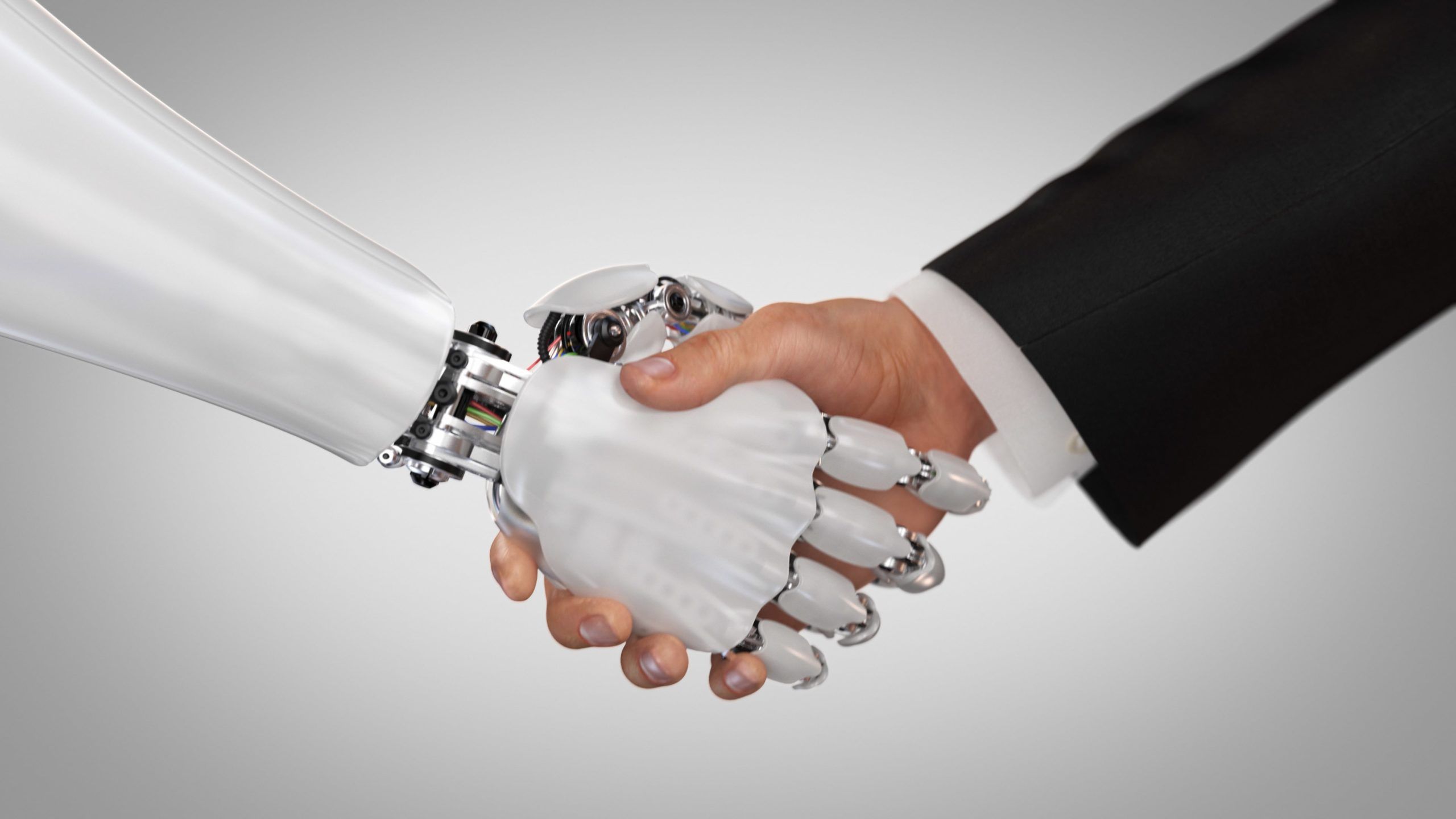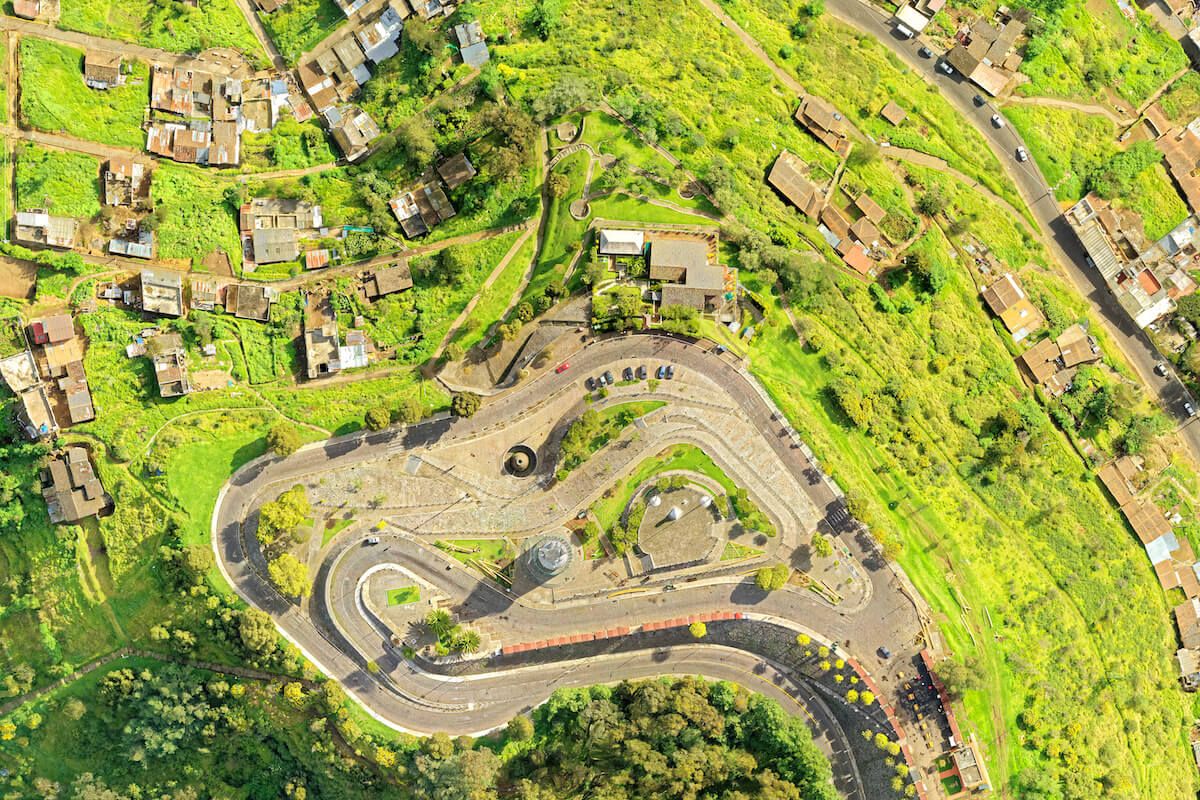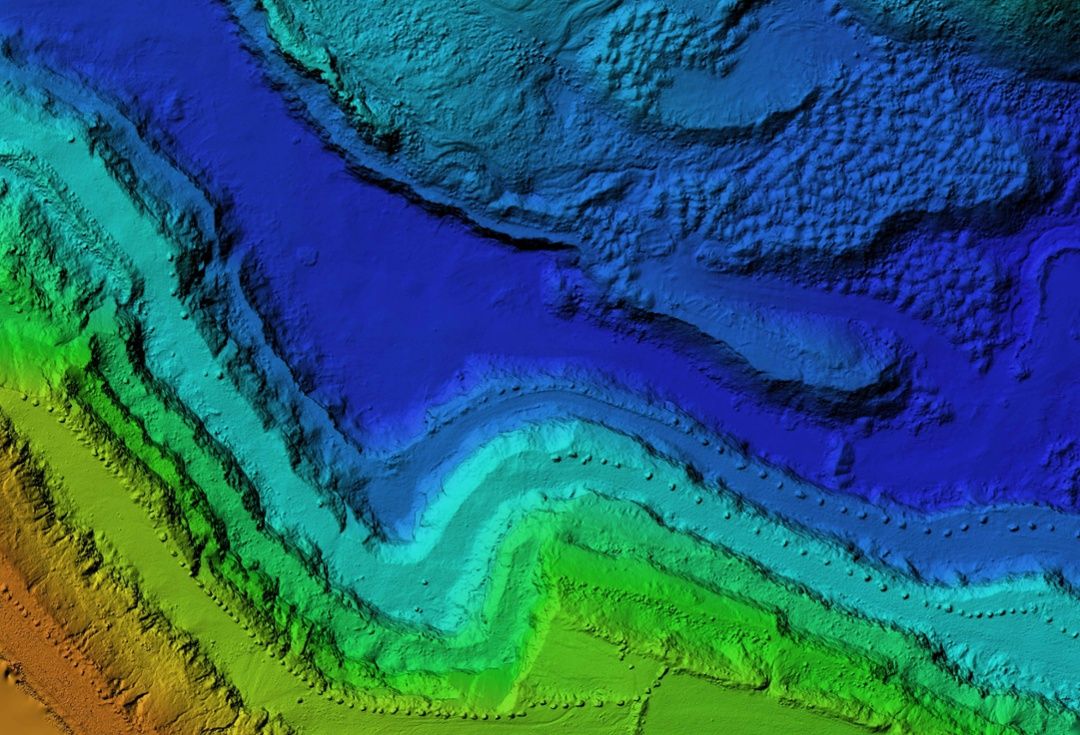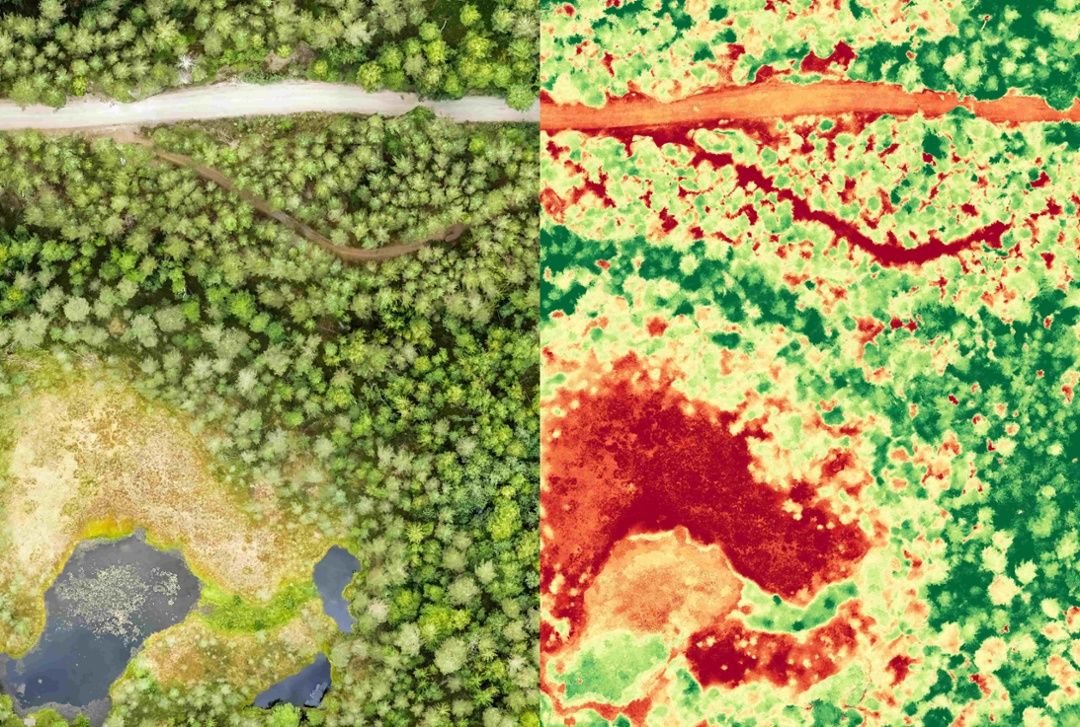Archives
- July 2023
- June 2023
- May 2023
- April 2023
- March 2023
- February 2023
- January 2023
- December 2022
- November 2022
- October 2022
- September 2022
- May 2022
- April 2022
- March 2022
- February 2022
- January 2022
- November 2021
- October 2021
- March 2021
- July 2020
- May 2020
- April 2020
- March 2020
- December 2019
- October 2019
- September 2019
- June 2019
- May 2019
- April 2019
- September 2018
- June 2018
The Aerial Perspective Blog
Human-Machine Teaming Is Key to Organizational Resilience in Crises

With unemployment skyrocketing due to the COVID-19 pandemic, fear of technology and automation is once again coming to the surface.
As organizations in critical sectors like healthcare, emergency services, energy, communications, and manufacturing struggle to maintain operations while protecting their workforce, emerging technologies appear to provide possible solutions. But conversations about their use are often tinged with fear about their effects on the human workforce.
At Mapware, we’re in the business of helping organizations improve resilience in emergencies. We’ve responded to 4 out of the last 5 hurricanes that made landfall using drones and AI-powered photogrammetry to help workers restore power and communications. We’ve also worked on technology that can make big data more useful to first responders, helping them fight fires and respond to other disasters.
We know first-hand that technology like robotics, artificial intelligence, and the internet of things can make organizations more resilient…but we also know that the “man vs. machine” narrative is deeply flawed.
Now, as we face global uncertainty, we must overcome our biases and understand that working with machines, not against them, is the path to sustainability.
We call the intersection of automation and human labor human-machine teaming, and many organizations already relying on it to get through crisis situations.
What is human-machine teaming?
Human-machine teaming refers to the ways humans and complex technologies work together to support each other and achieve positive outcomes.
Take AI as an example. Artificial intelligence tools can drive data analysis and decision making on a level no humans could approach. However, AI models must be trained and continually checked for accuracy, and their conclusions must be interpreted for different audiences. Those tasks are best performed by human collaborators.
Human-machine teaming and organizational resilience
How does an organization survive a disaster? Whether it’s a hurricane, fire, or global pandemic, the answer increasingly lies with technology, and the way people and machines can work together to rapidly solve problems.
Here’s are just a few ways organizations are using human-machine teaming to increase resilience during crises:
Assessing infrastructure damage
In our field, we’re working on using AI-powered object recognition to analyze visual data captured by drones. If you can teach a machine to recognize objects in a photograph, you can identify all sorts of damaged infrastructure elements — like downed utility poles, corroded oil pipelines, and gas leaks — and better manage the response of ground teams.
When properly trained, AI is actually faster and more accurate at recognizing objects than humans. And with special sensors, drone cameras can spot things that are invisible to the naked eye, like corrosion under insulation.
Access to these insights makes the work of maintenance teams safer, easier, and more effective.
Predicting maintenance issues
In the manufacturing sector, AI and the internet of things are powering predictive maintenance — the ability to predict when equipment is going to fail and replace parts before they slow or halt production.
This value of these insights are multiplied during crises, when the availability of parts and labor are uncertain and lives are depending on continuous output.
Among other things, predictive maintenance can increase worker safety. Equipment failure in manufacturing can lead to injuries, and safer machinery makes for safer people.
Creating digital twins
Digital twins — accurate, up-to-date computer models of real-world environments — contribute to organizational resilience in many sectors.
Using a combination of sensor types, visualization software, and AI algorithms, digital twins can be used to create models of construction sites, power plants, cell towers, warehouses…even entire cities.
Digital twins can be used to model flood patterns and other extreme weather events, helping governments prepare and allocate emergency resources. These models can also be used to improve the resilience of power grids and prevent blackouts by providing real-time awareness of complex systems.
Conclusion
As we face this crisis together, we hope there are some lessons learned about the value of human-machine teaming.
Leveraged properly, innovative technologies can make our work safer, our lives healthier, and our systems more resilient.

Join our mailing list to stay up to date on the latest releases, product features and industry trends.
Mapware needs the contact information you provide to us to contact you about our products and services. You may unsubscribe from these communications at any time. For information on how to unsubscribe, as well as our privacy practices and commitment to protecting your privacy, please review our Privacy Policy.


